How Tesla Is Using Artificial Intelligence to Create The Autonomous Cars Of The Future
2 July 2021
Over 500,000 Teslas all over the world are feeding data back to Elon Musk’s headquarters, to train their autonomous car algorithms. This data gives Tesla a huge advantage in the race to put more self-driving cars on the road.
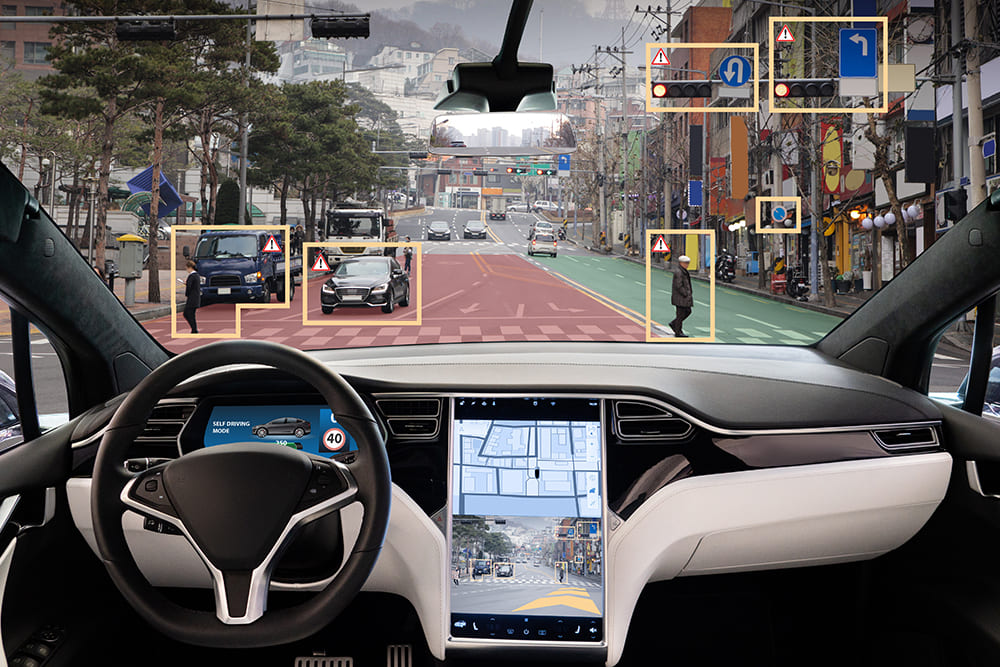
When you think about Tesla, you might assume they’re a traditional car manufacturing company. There’s no question that Tesla is a leader in electronic vehicles.
But their key to success is that they’re actually a technology company. Their company is built on artificial intelligence technology, and it’s one of the reasons for their success.
These days, one of the key goals for Tesla is making their cars fully autonomous – and they’re leveraging big data and AI to make that happen.
How AI Can “Teach” Cars to Drive on Their Own
In order to drive on their own, autonomous cars constantly interpret images from their sensors and machine vision cameras, then use that information to make decisions about what to do next.
They use AI to understand and anticipate the next movements of cars, pedestrians, and cyclists. This data helps them plan their moves in a split second, and decide what to do from moment to moment. Should the car stay in the current lane, or change lanes? Should it pass the car in front of them, or stay where it is? When should the car brake or accelerate?
In order to make cars fully autonomous, Tesla has to collect the right data to train the algorithms and feed their AIs. More training data will inevitably lead to better performance – and this is where Tesla excels.
Tesla’s competitive advantage is that they crowdsource all their data from the hundreds of thousands of Tesla vehicles that are currently on the roads. Internal and external sensors monitor what Teslas are doing in all kinds of situations, and even collect data on driver behaviour, how they react in different situations as well as data like how often a driver touches the steering wheel or the dashboard.
Tesla’s approach is called “imitation learning.” Their algorithms learn from the decisions, reactions, and movements of millions of actual drivers around the world. All those miles translate into super smart autonomous cars.
Their tracking system is incredibly sophisticated. For example, when a Tesla vehicle makes an incorrect prediction about the behaviour of a car or cyclist, Tesla saves a data snapshot of that moment, adds it to the data set, then reproduces an abstract representation of the scene with colour-coded shapes that the neural network can learn from.
Other companies that are working on autonomous vehicles use synthetic data (for example, video game driving behaviour from games like Grand Theft Auto) – and that data is far inferior to the real-world data Tesla is using to train their AIs.
AI at the Heart of Tesla
Data from their existing customer base has helped Tesla since its inception, and their work on autonomous cars is part of their continuing mission to put AI at the center of all their efforts.
As Tesla expands into their latest projects (including their plans to revolutionize the electric grid with their home solar power panels), AI and big data will remain steadfast partners to Elon Musk and his team at Tesla.
Where to go from here
If you would like to know more about , check out my articles on:
- Are Alexa And Siri Considered AI?
- How To Put AI Into A Business To Accelerate Performance?
- What Is The Impact Of Artificial Intelligence (AI) On Society?
Or browse the Artificial Intelligence & Machine Learning library to find the metrics that matter most to you.
Related Articles
10 Critical Skills Every Leader Must Master In 2026
By now, “smart” versions exist of just about every home appliance, gadget and gizmos we can think of. However, manufacturers continue[...]
7 E-Commerce Trends That Will Transform Shopping In 2026
By now, “smart” versions exist of just about every home appliance, gadget and gizmos we can think of. However, manufacturers continue[...]
6 Critical Telecom Trends In 2026: What Industry Leaders Need To Know
By now, “smart” versions exist of just about every home appliance, gadget and gizmos we can think of. However, manufacturers continue[...]
Flying Taxis And Self-Driving Trucks Arrive In 2026: 6 Transport Trends To Watch
By now, “smart” versions exist of just about every home appliance, gadget and gizmos we can think of. However, manufacturers continue[...]
Technology in Action: My Key Takeaways on How AI and Quantum Are Accelerating Global Transformation
By now, “smart” versions exist of just about every home appliance, gadget and gizmos we can think of. However, manufacturers continue[...]
The 10 Biggest Consumer Technology Trends Of 2026
By now, “smart” versions exist of just about every home appliance, gadget and gizmos we can think of. However, manufacturers continue[...]
Sign up to Stay in Touch!
Bernard Marr is a world-renowned futurist, influencer and thought leader in the fields of business and technology, with a passion for using technology for the good of humanity.
He is a best-selling author of over 20 books, writes a regular column for Forbes and advises and coaches many of the world’s best-known organisations.
He has a combined following of 4 million people across his social media channels and newsletters and was ranked by LinkedIn as one of the top 5 business influencers in the world.
Bernard’s latest book is ‘Generative AI in Practice’.




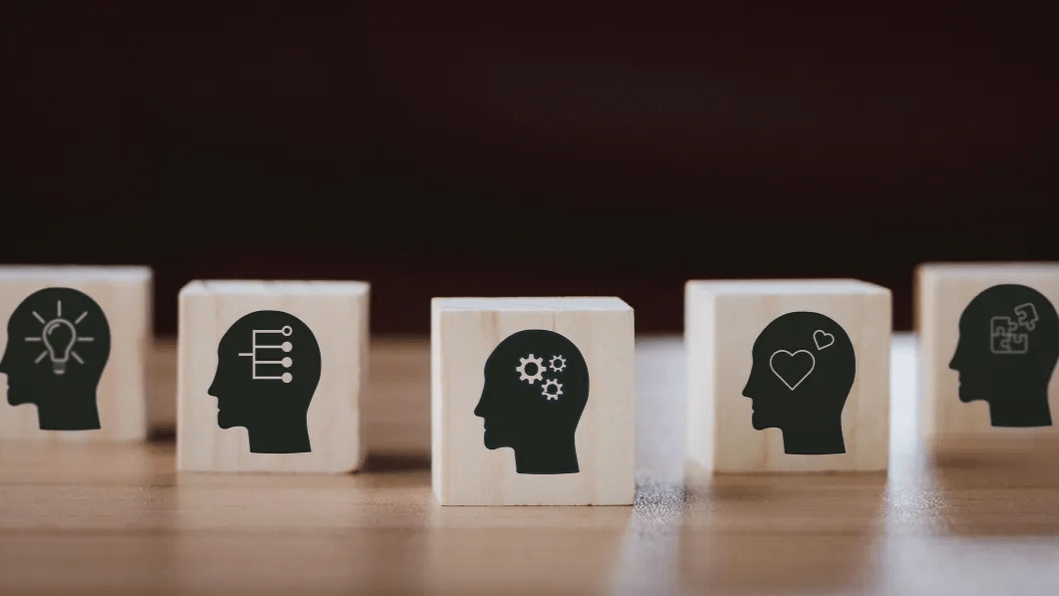
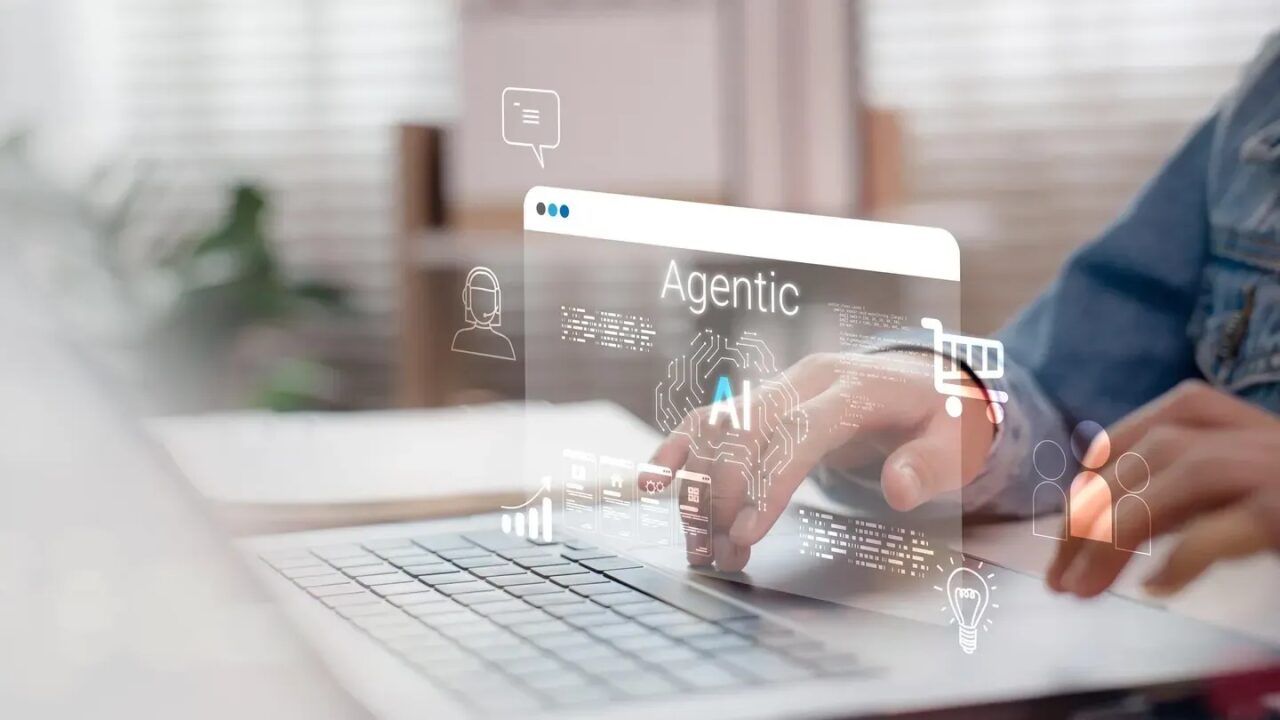

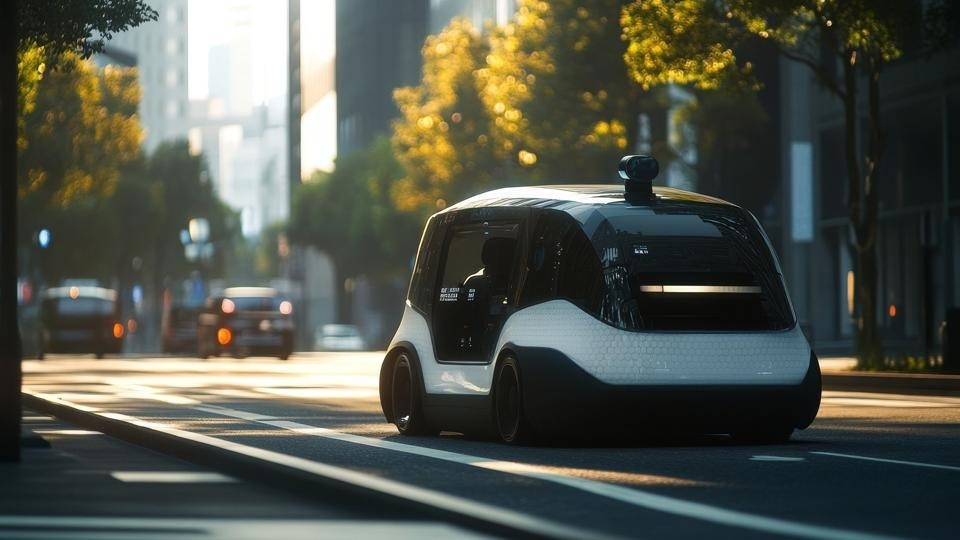
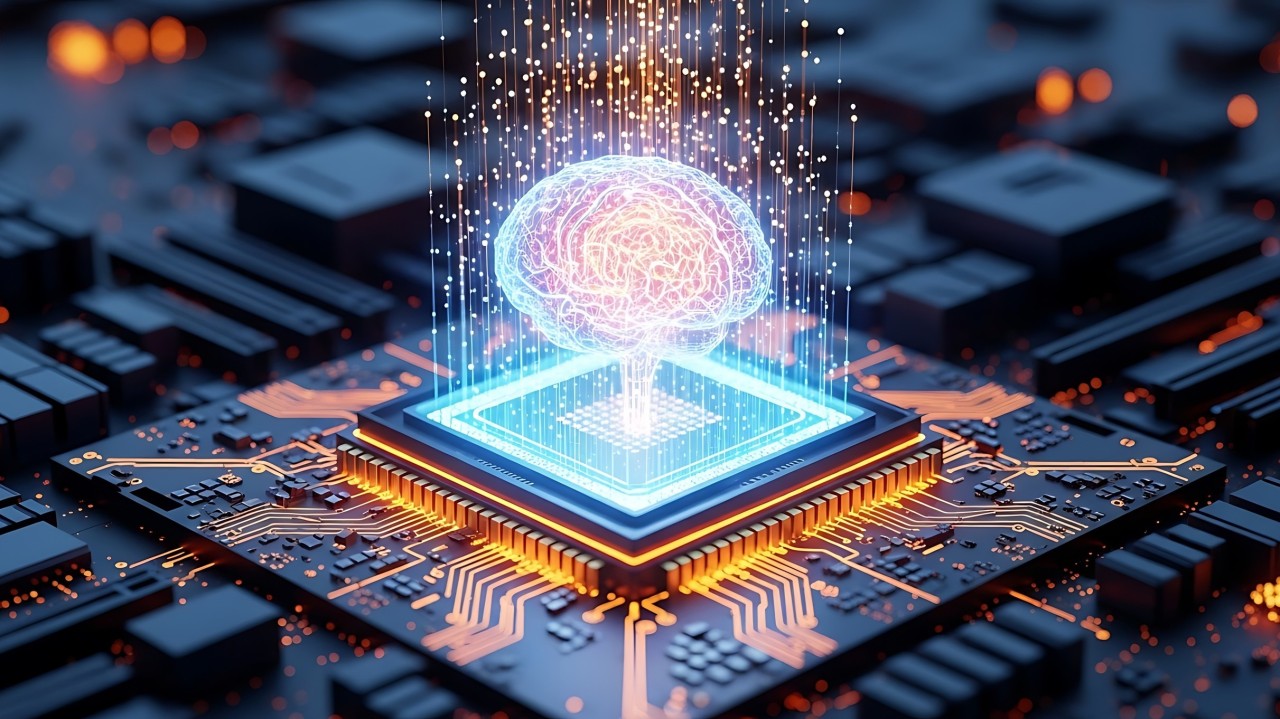

Social Media